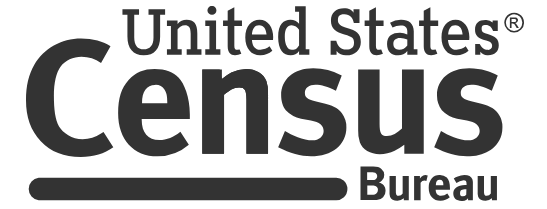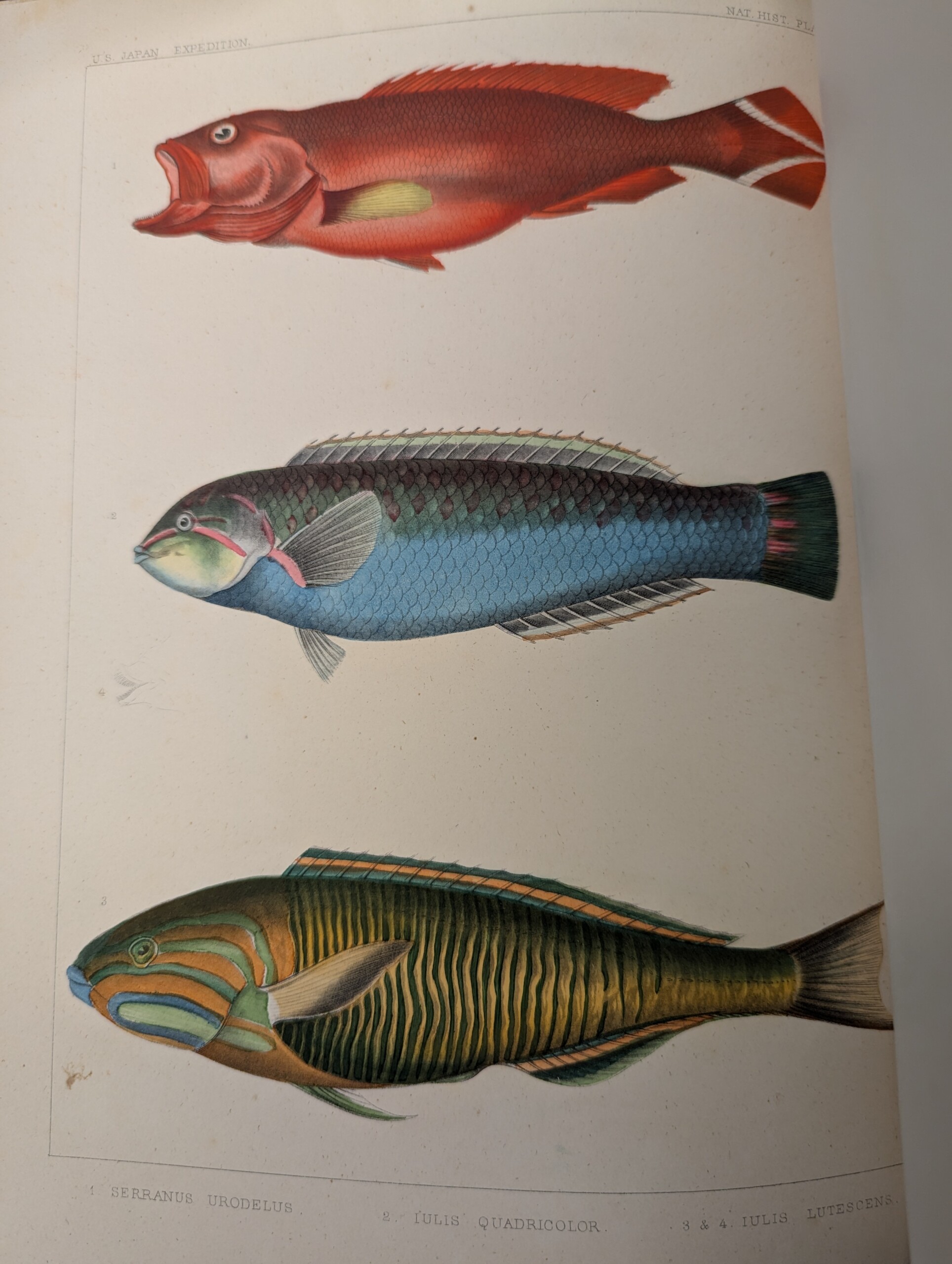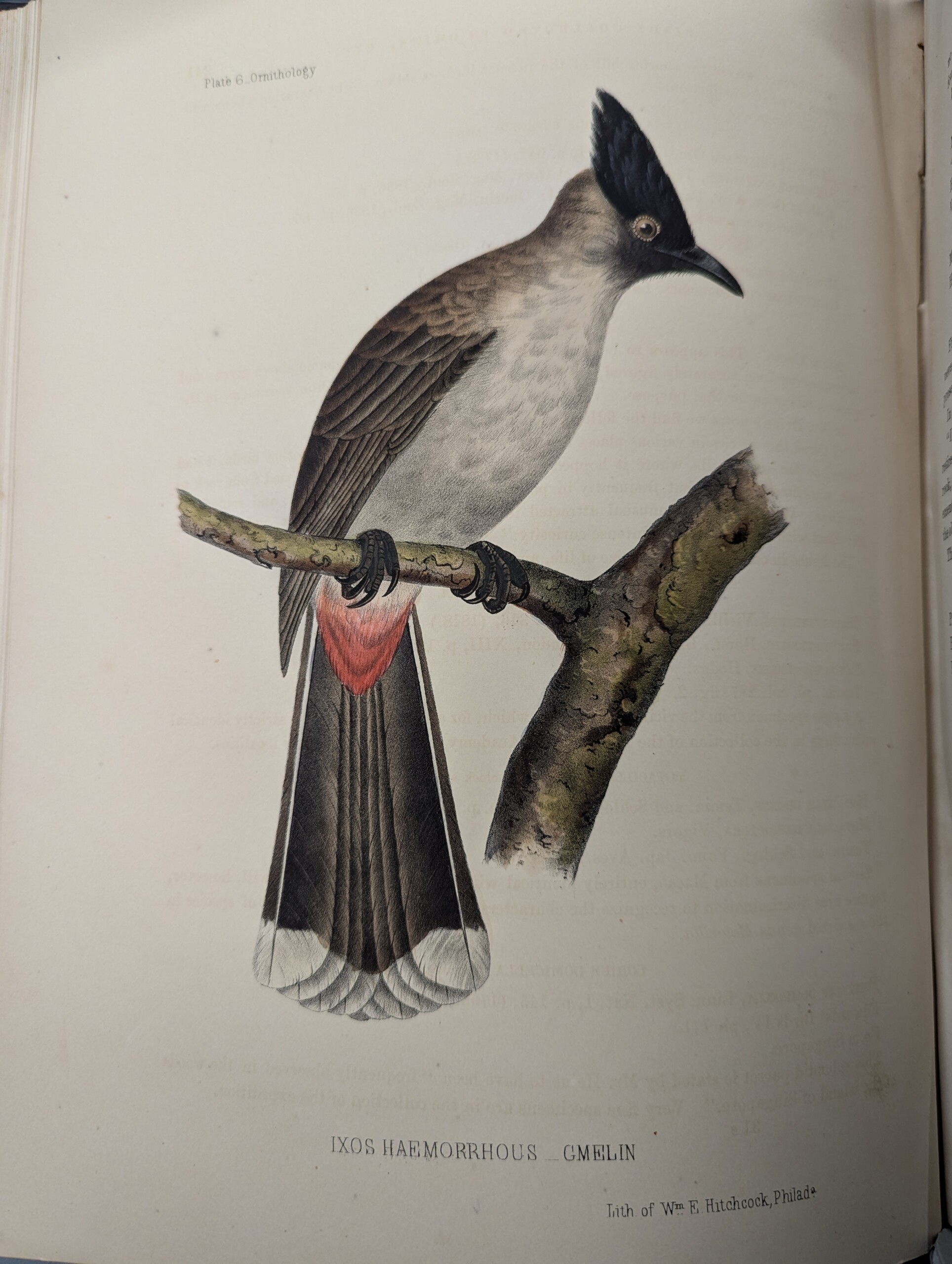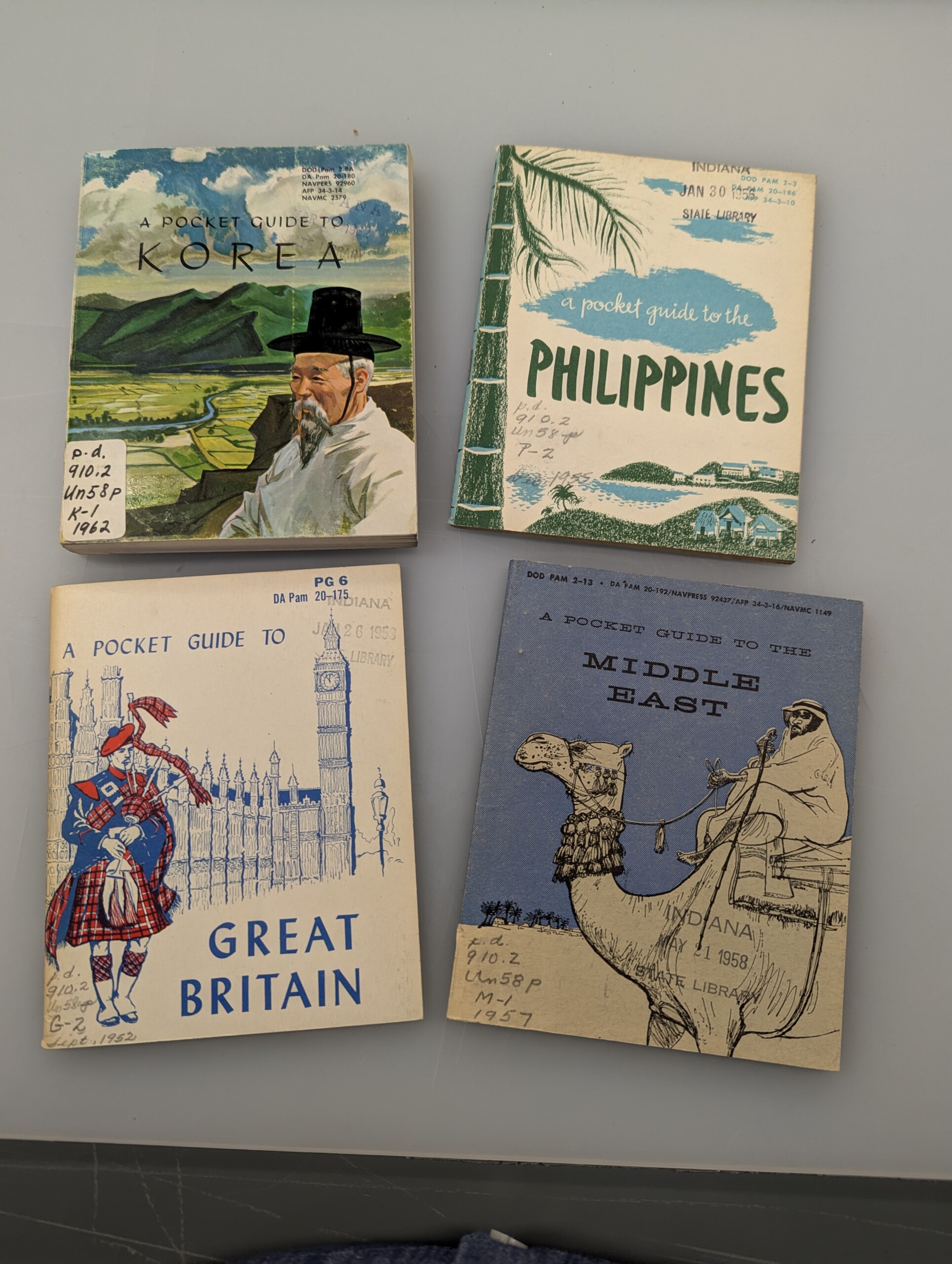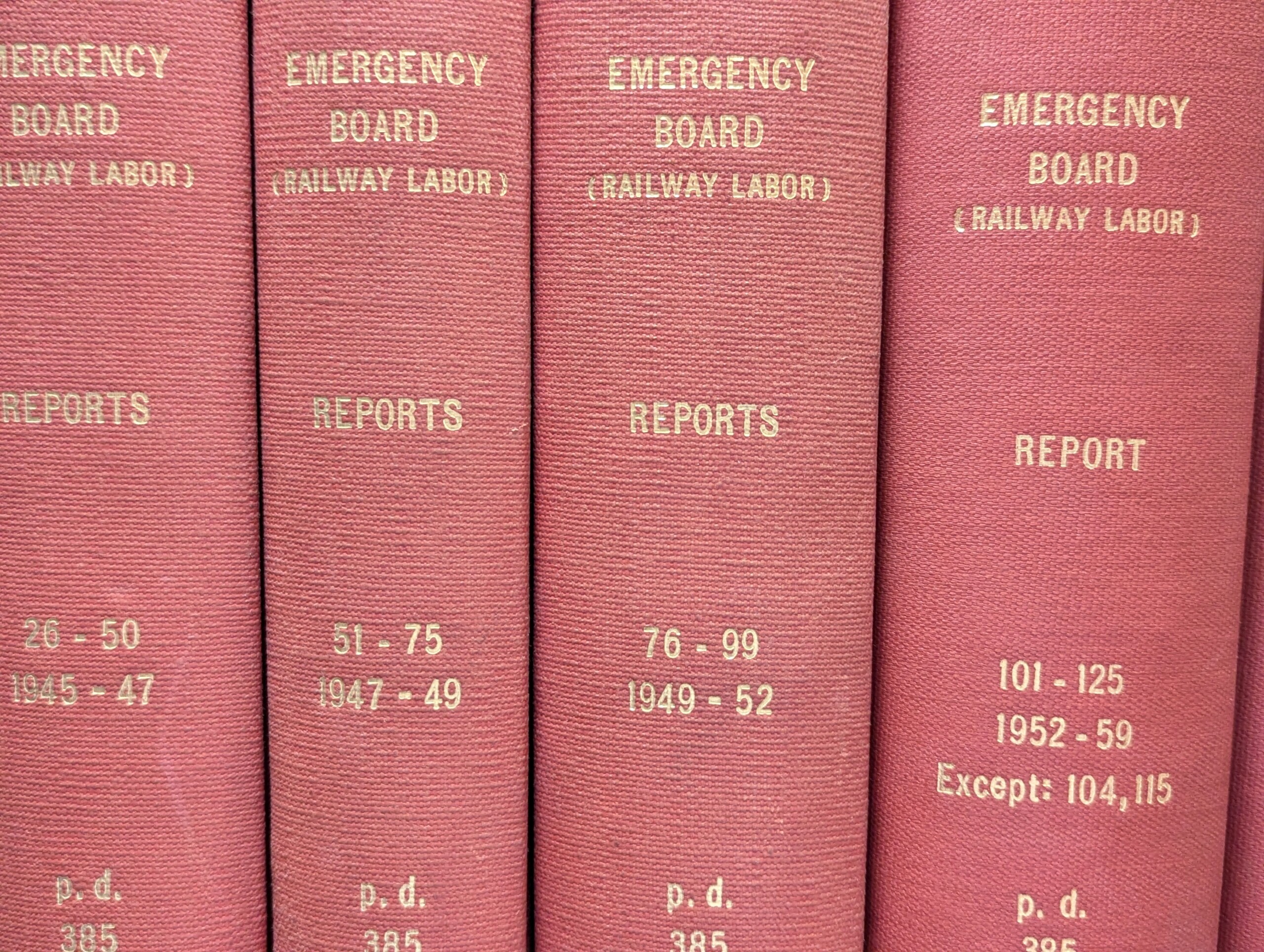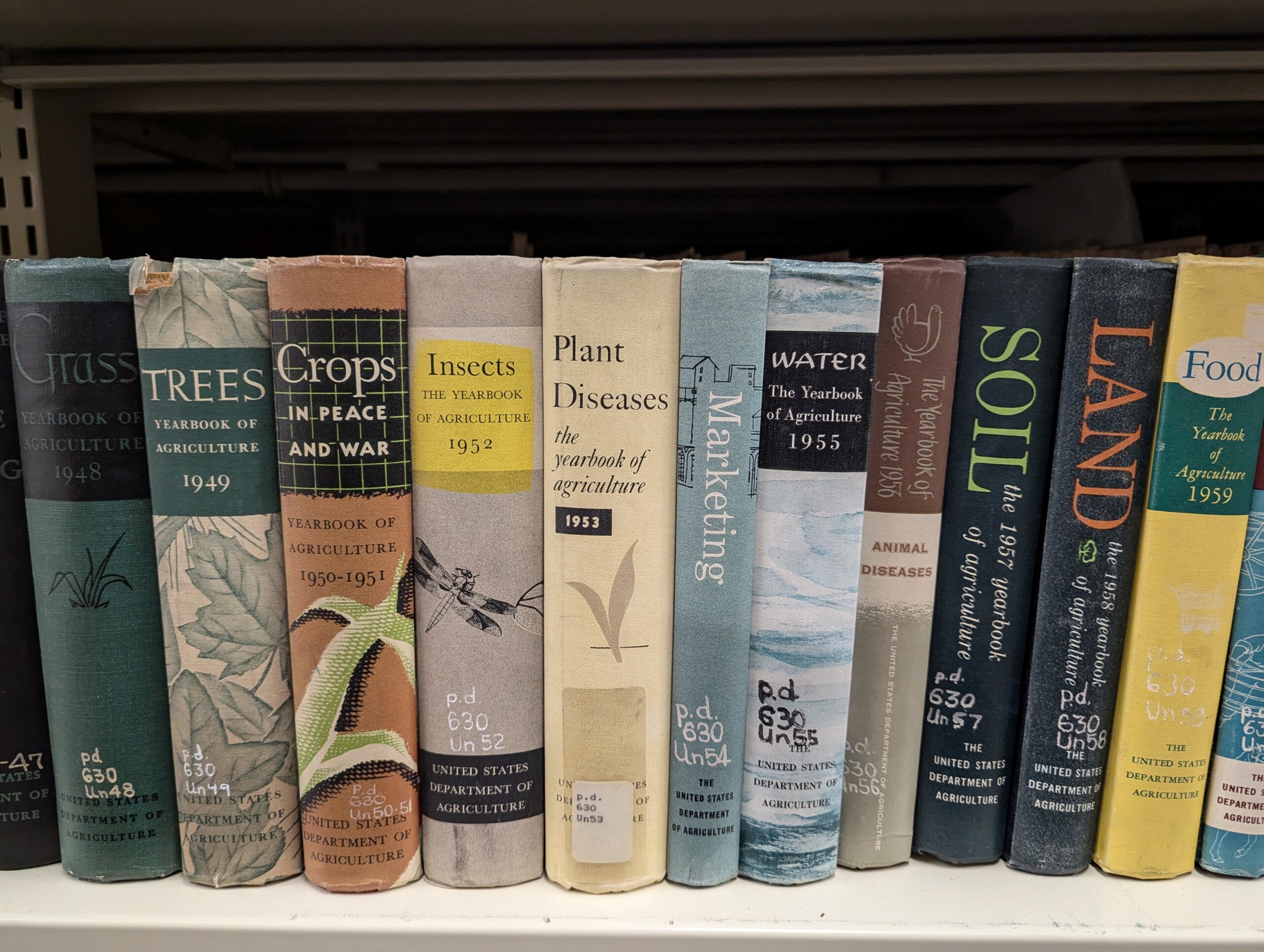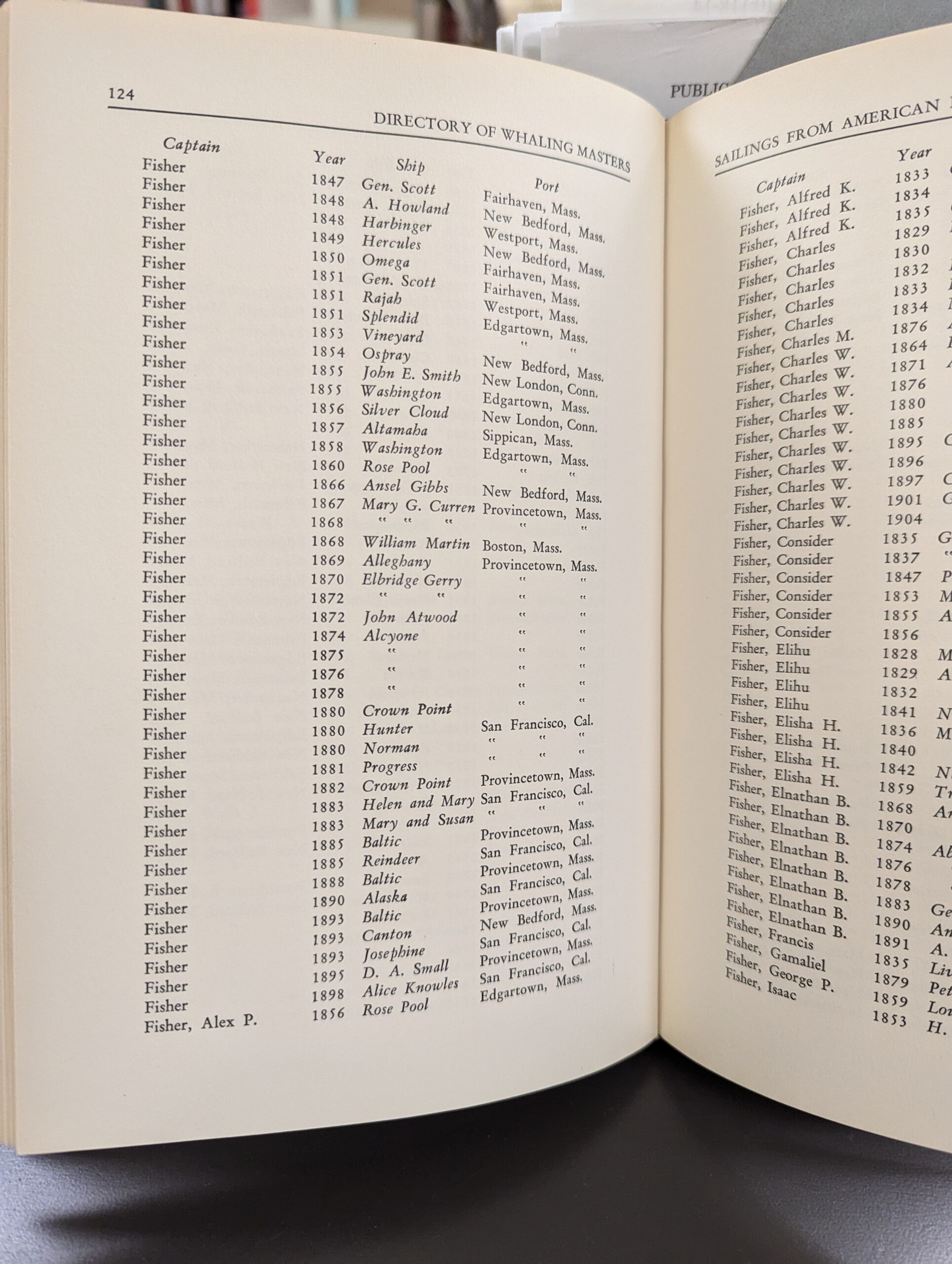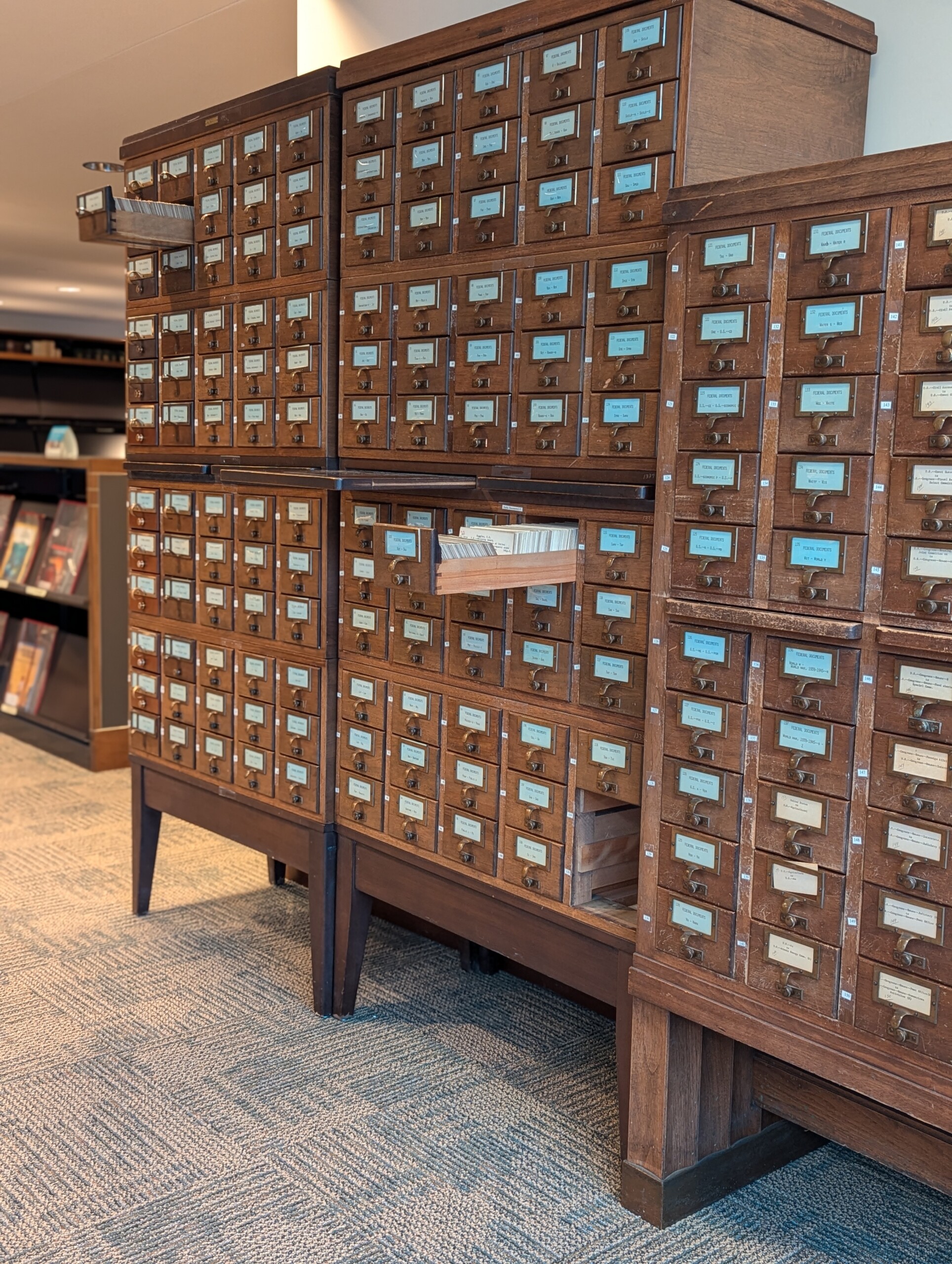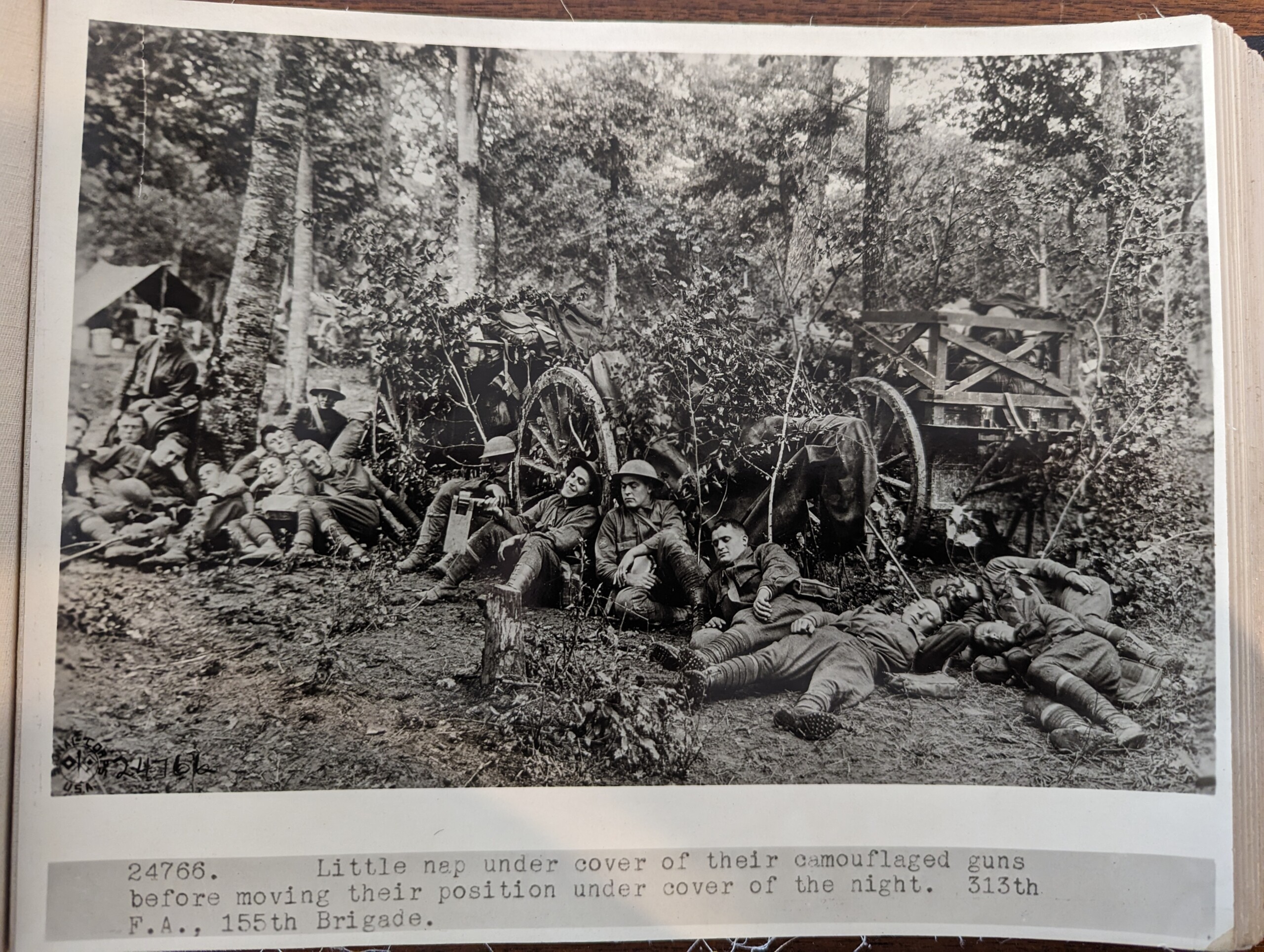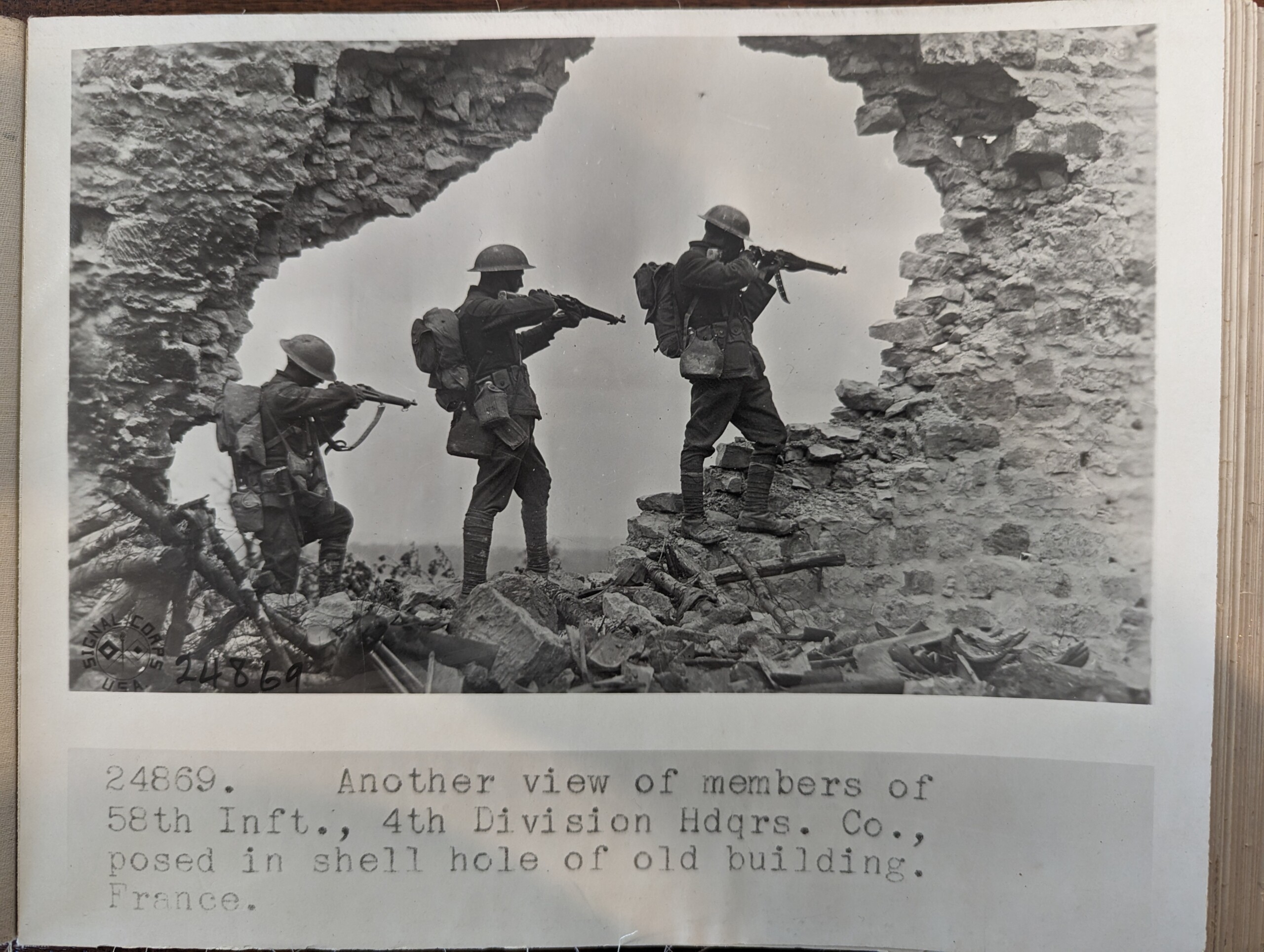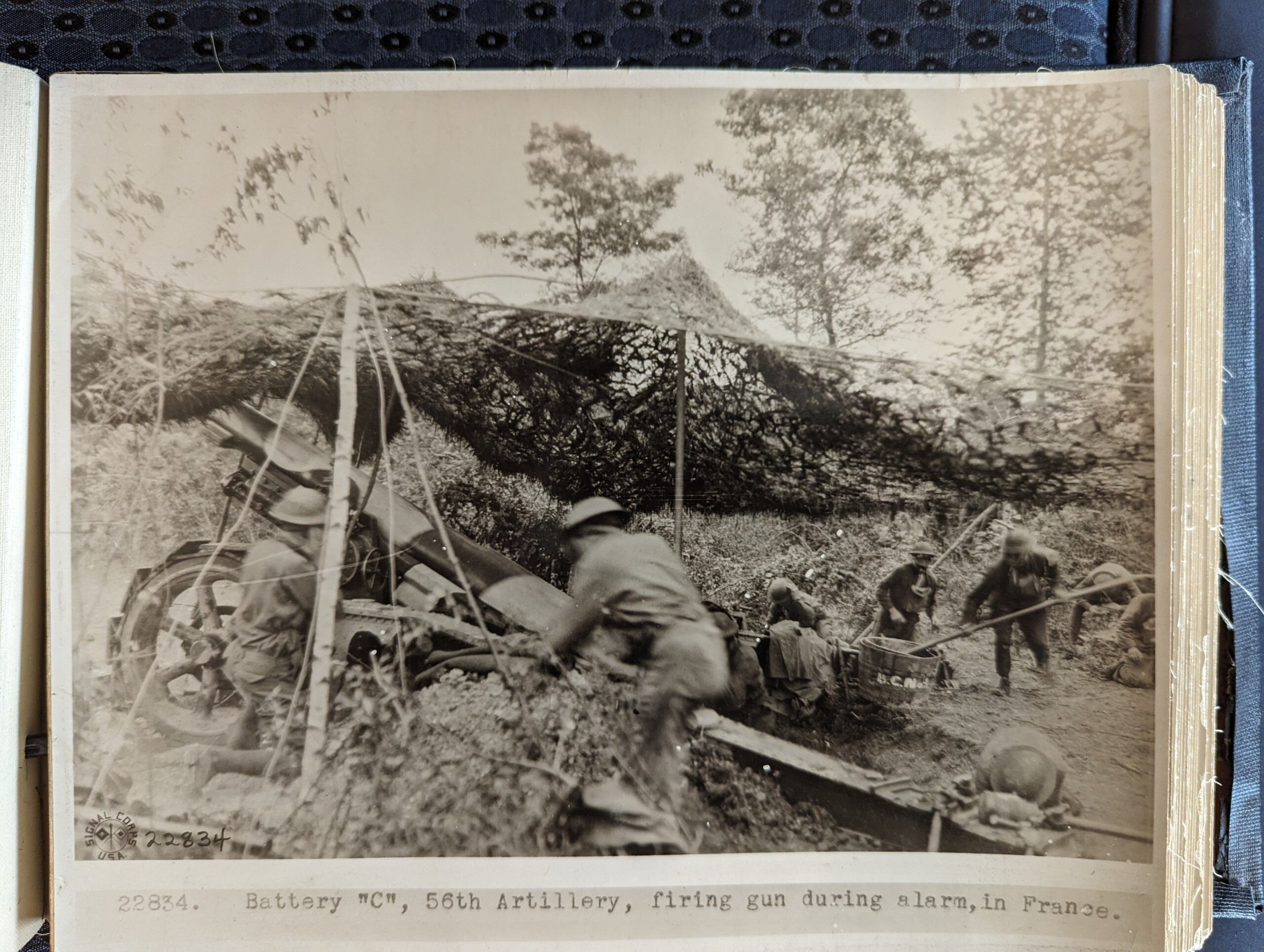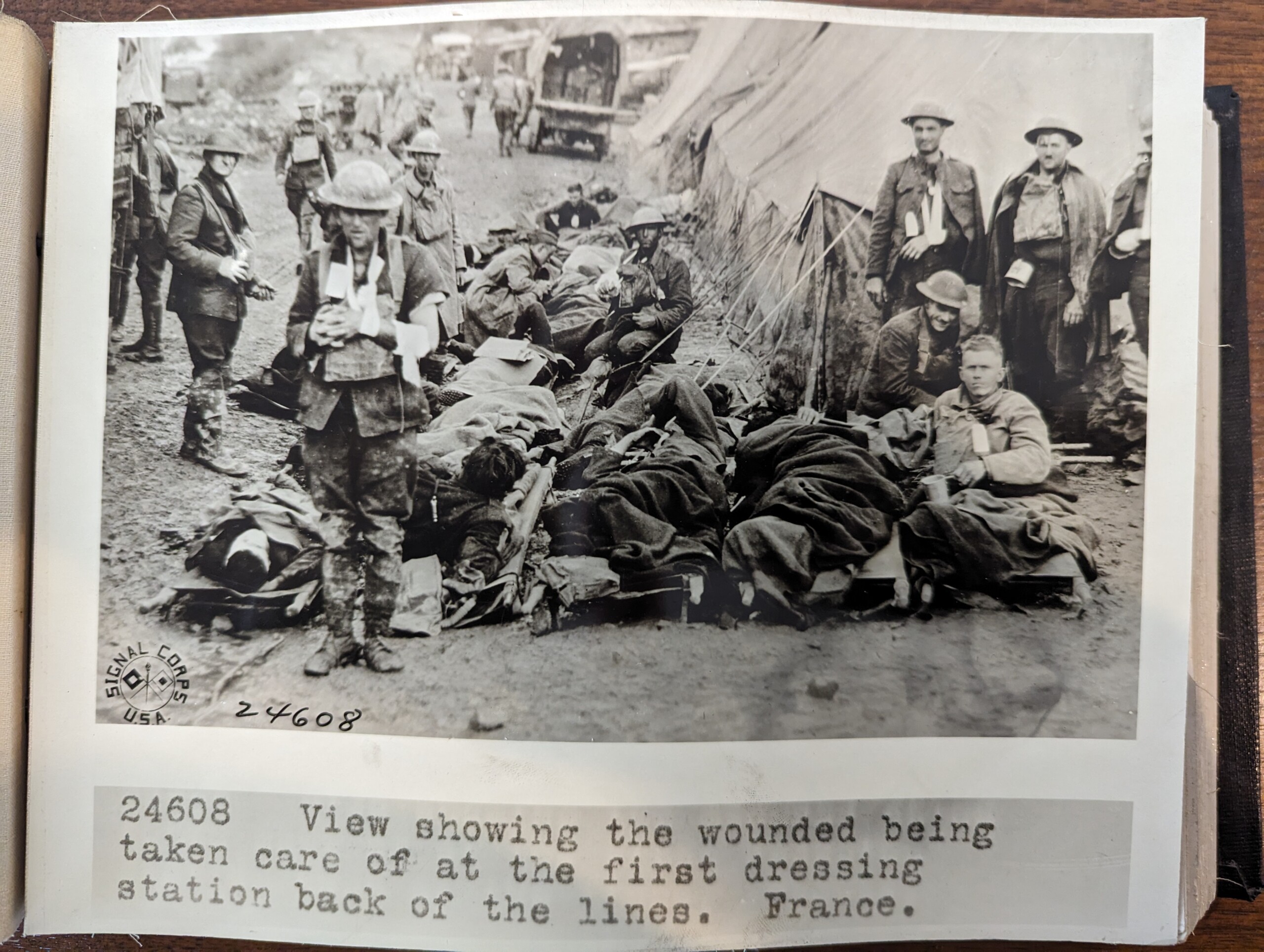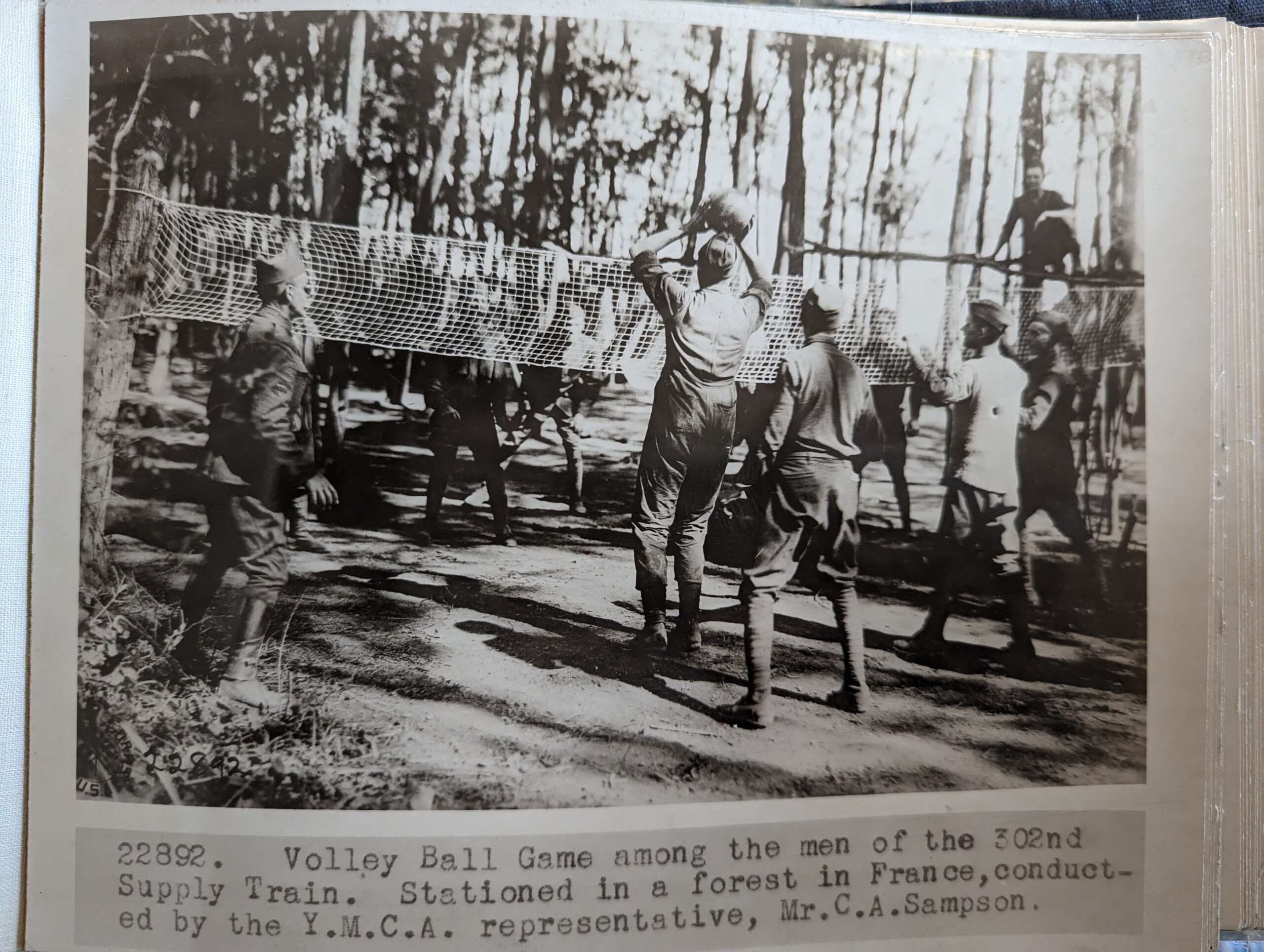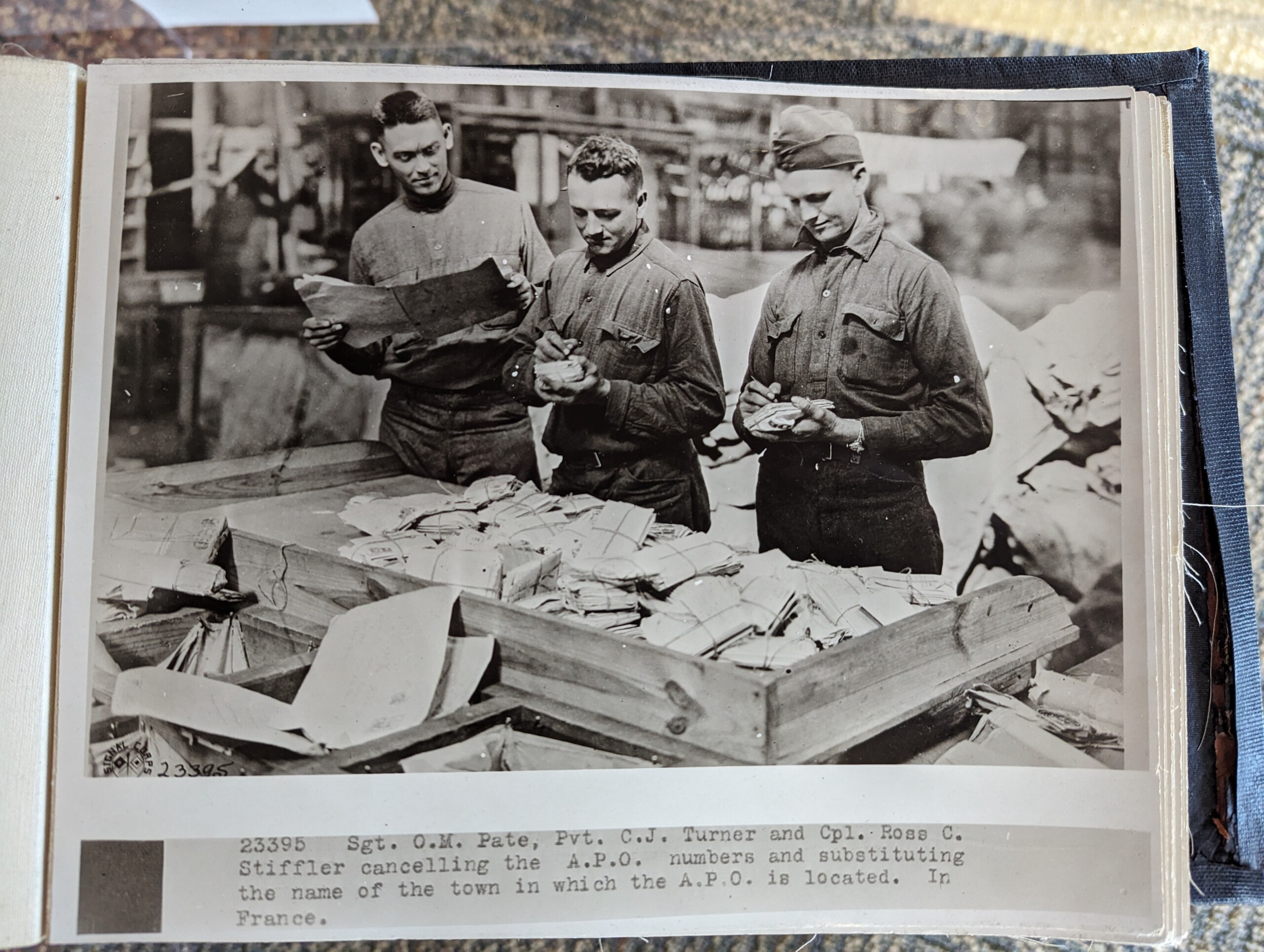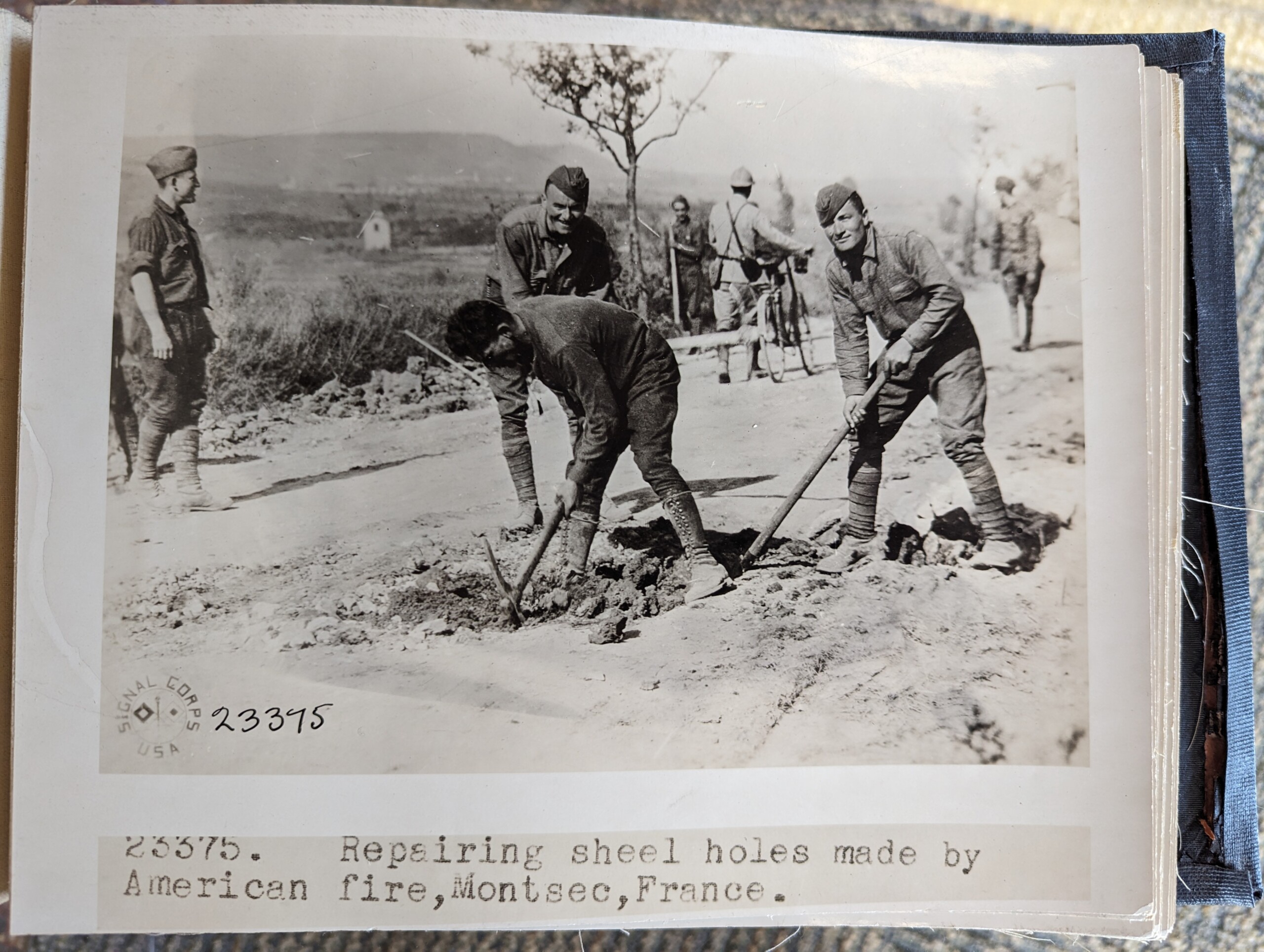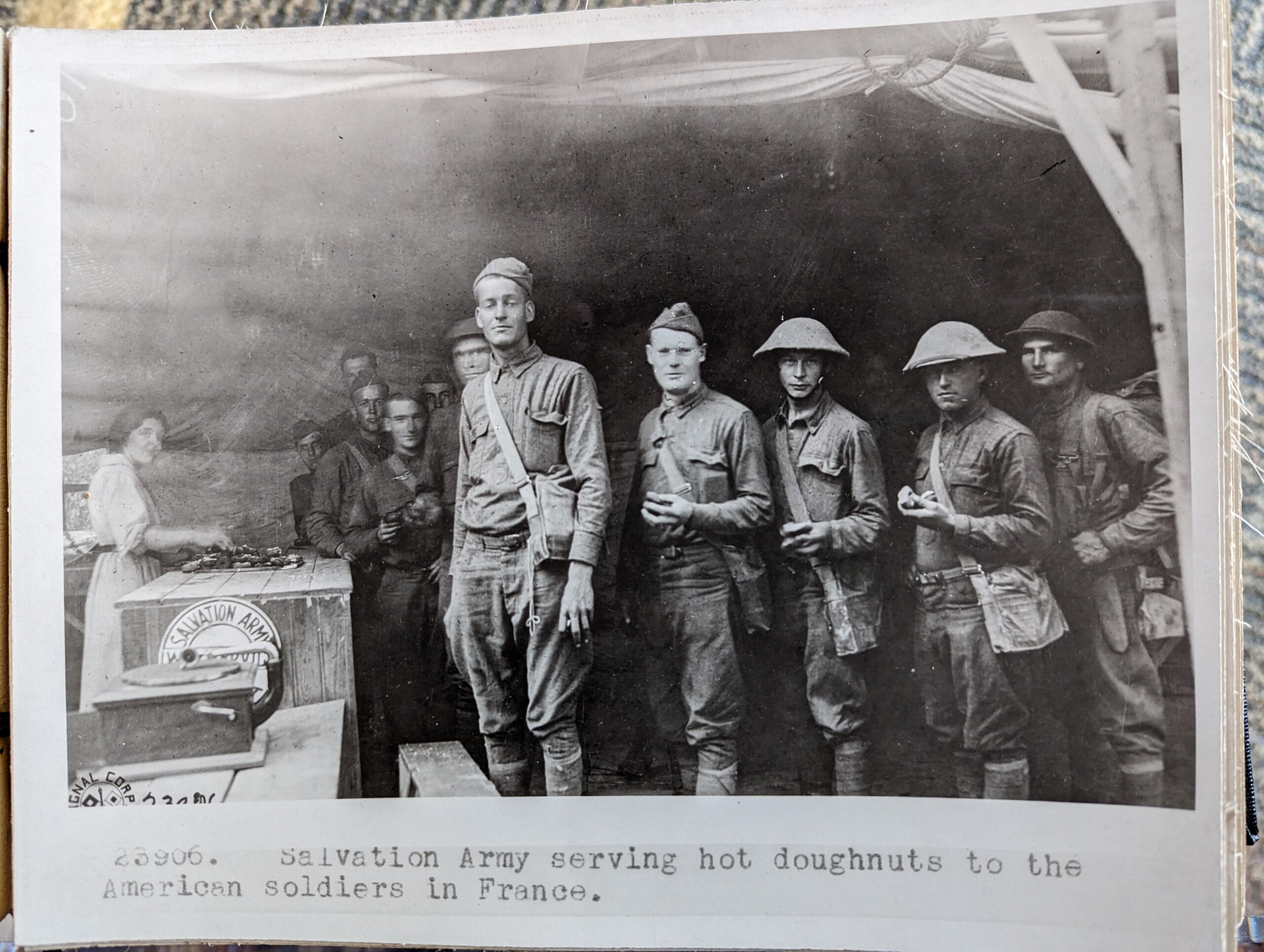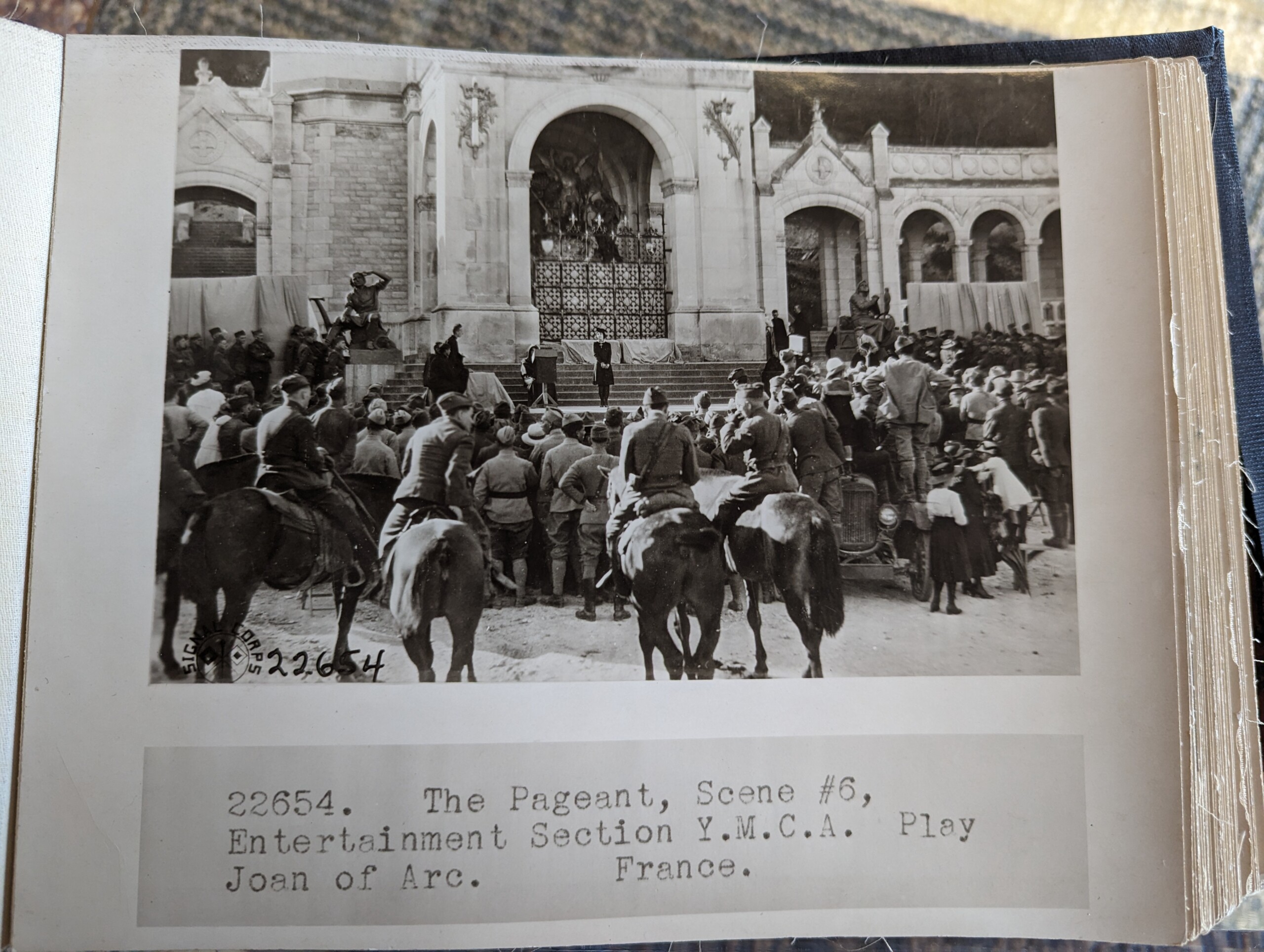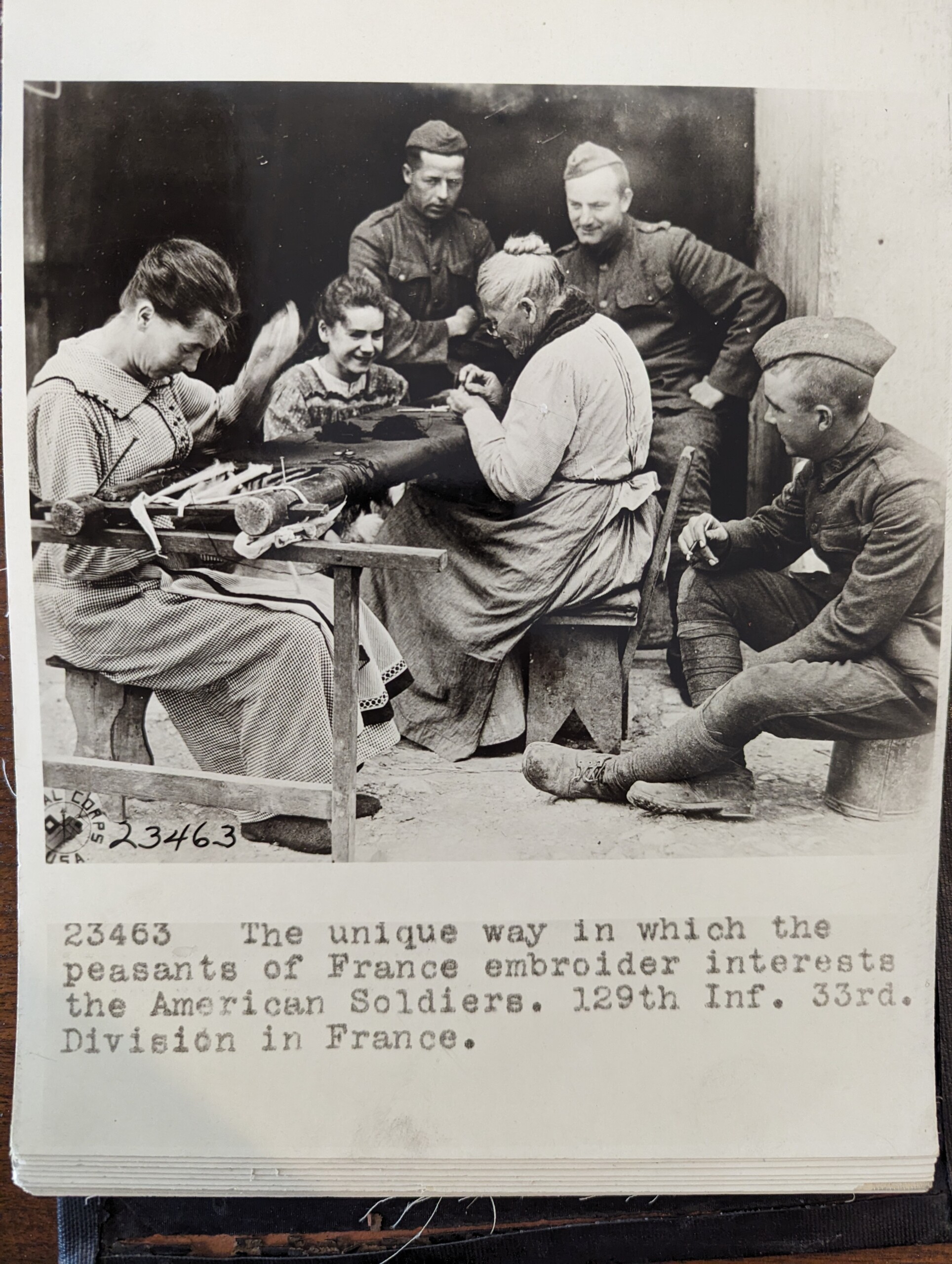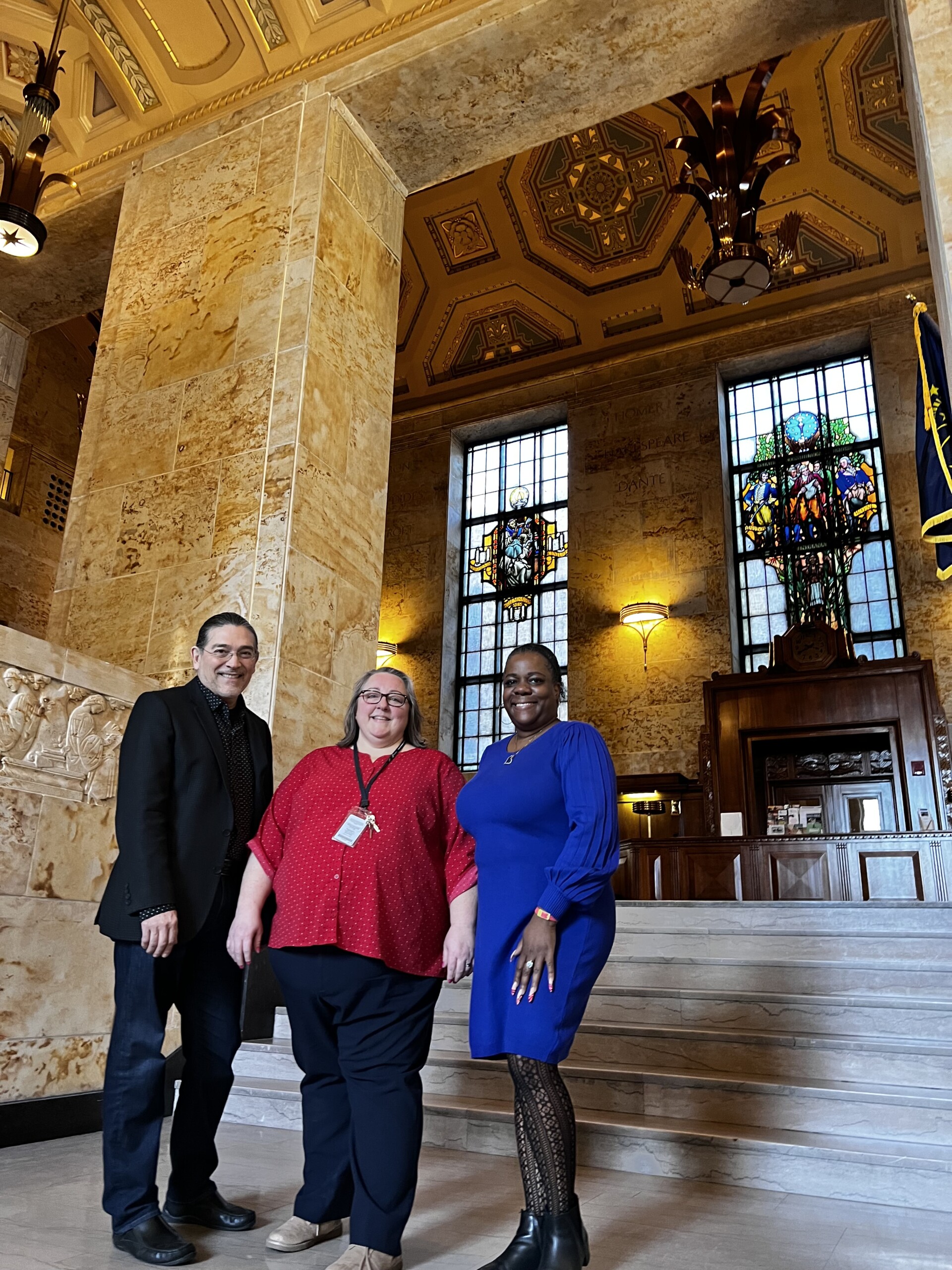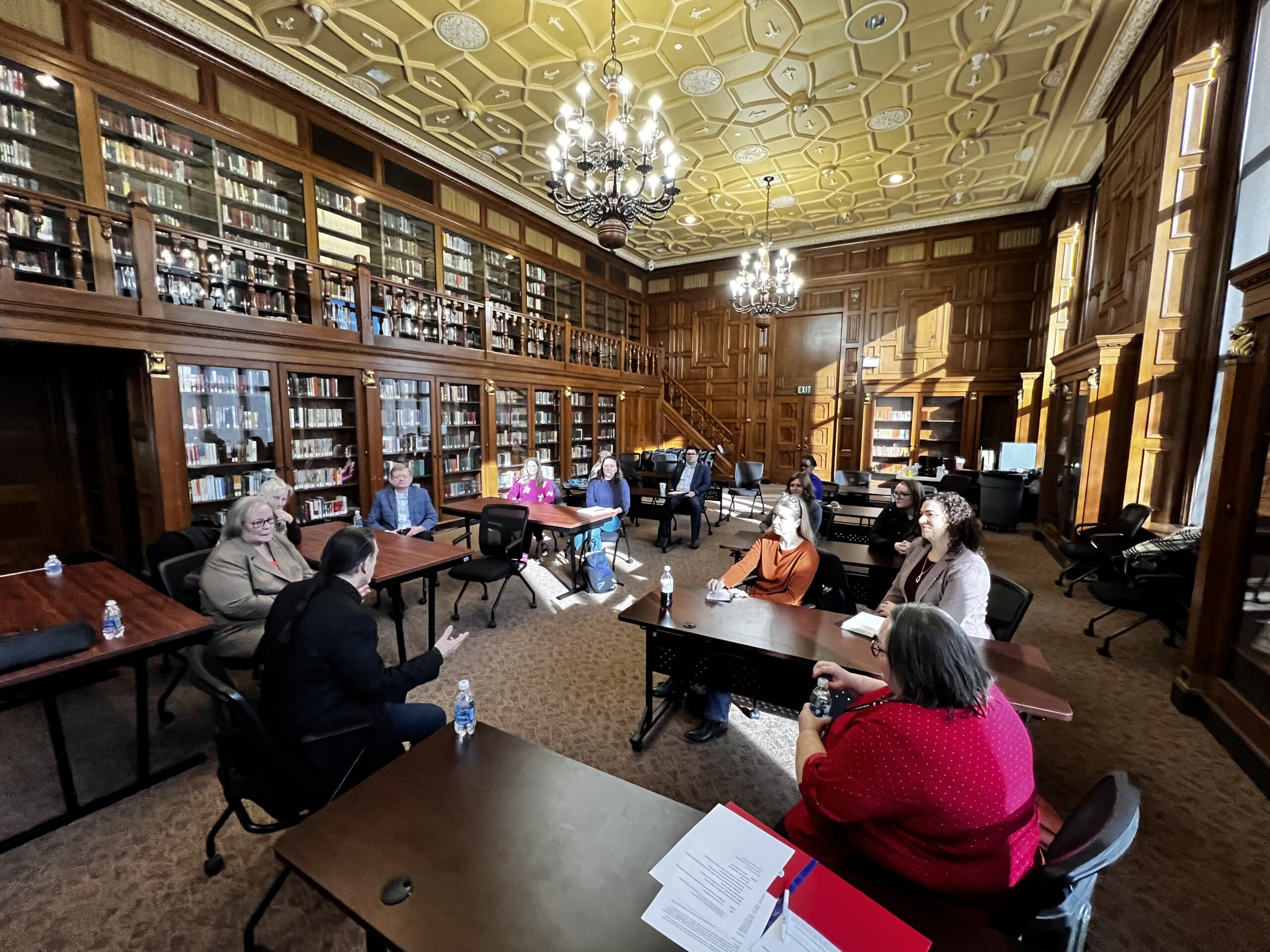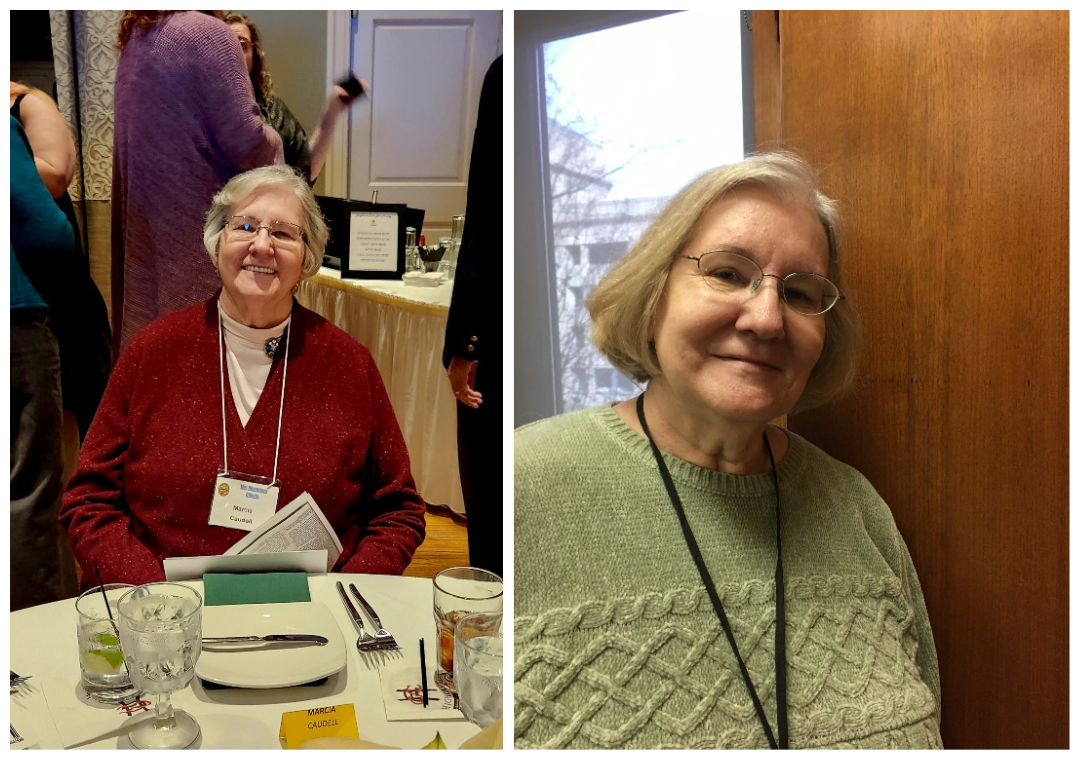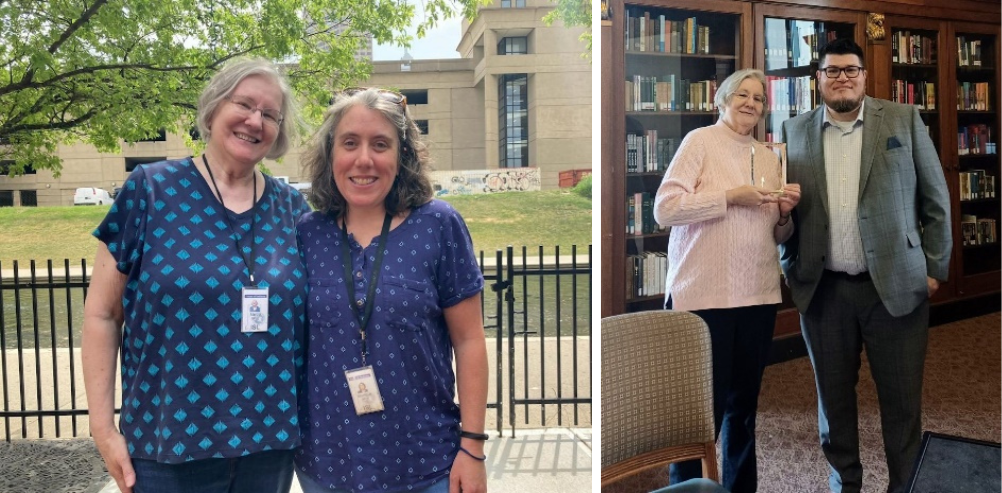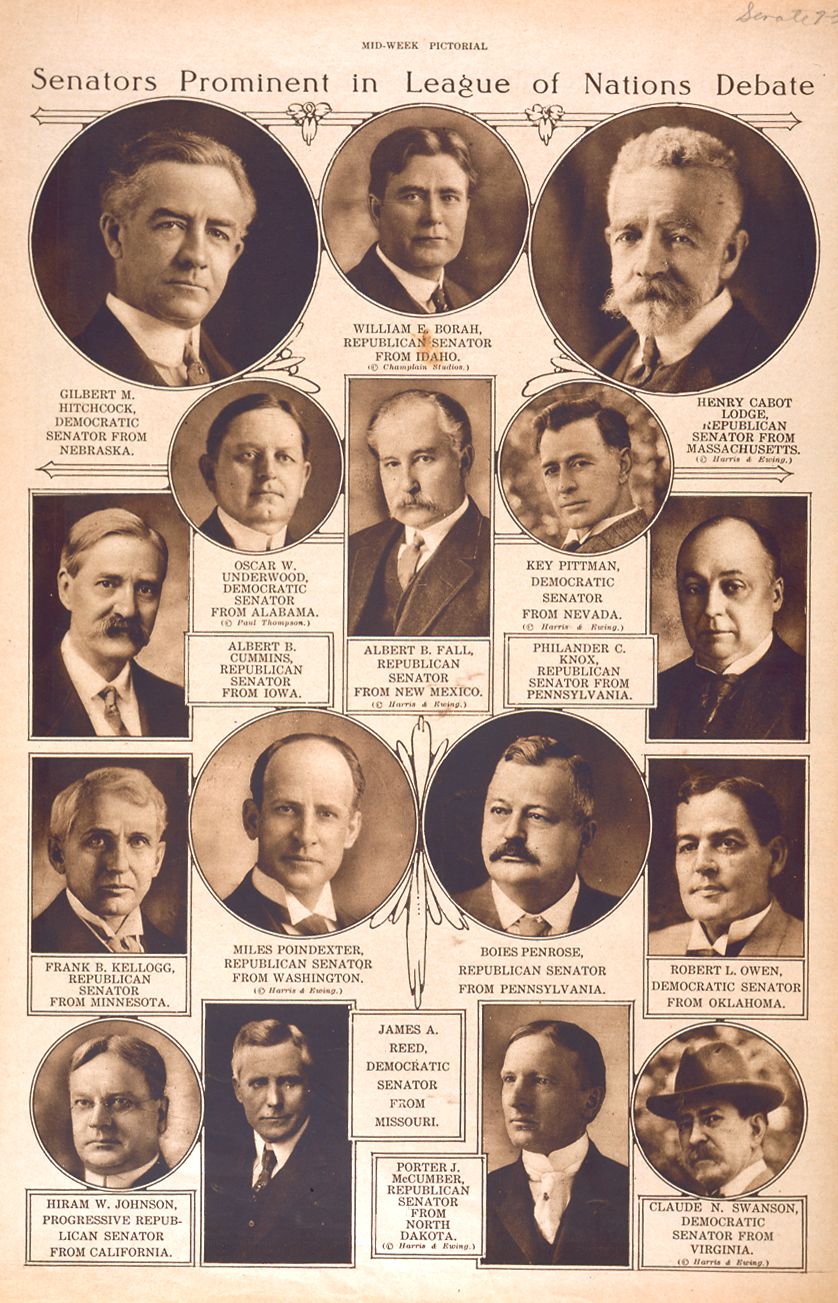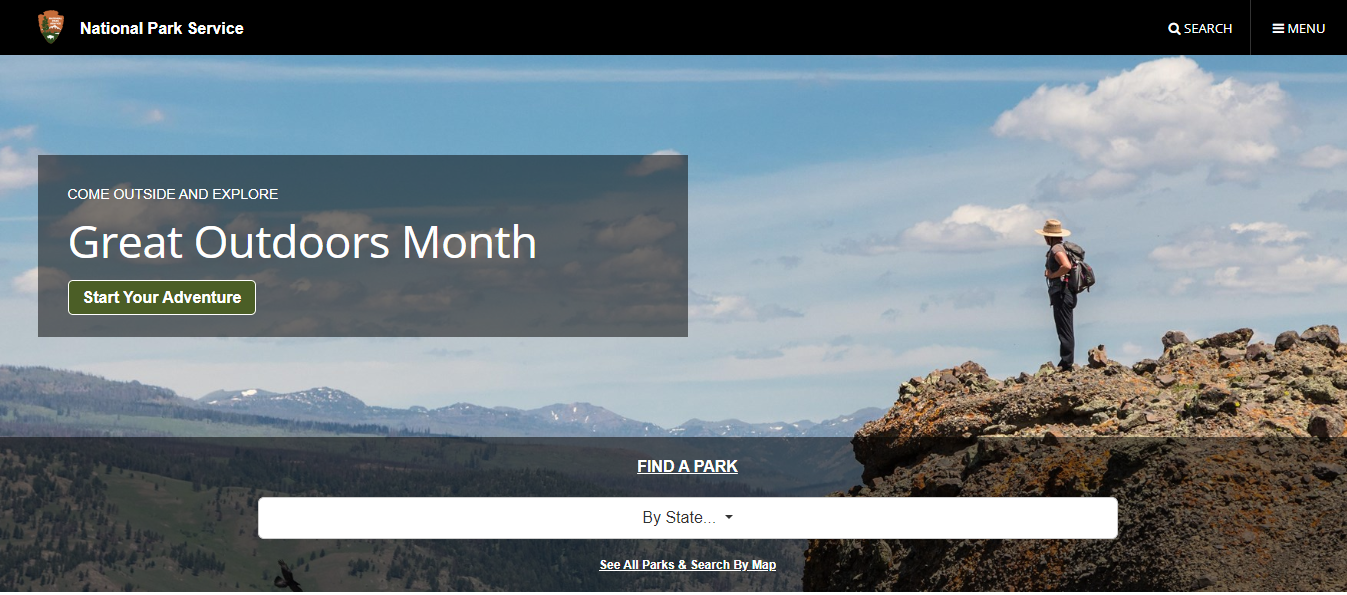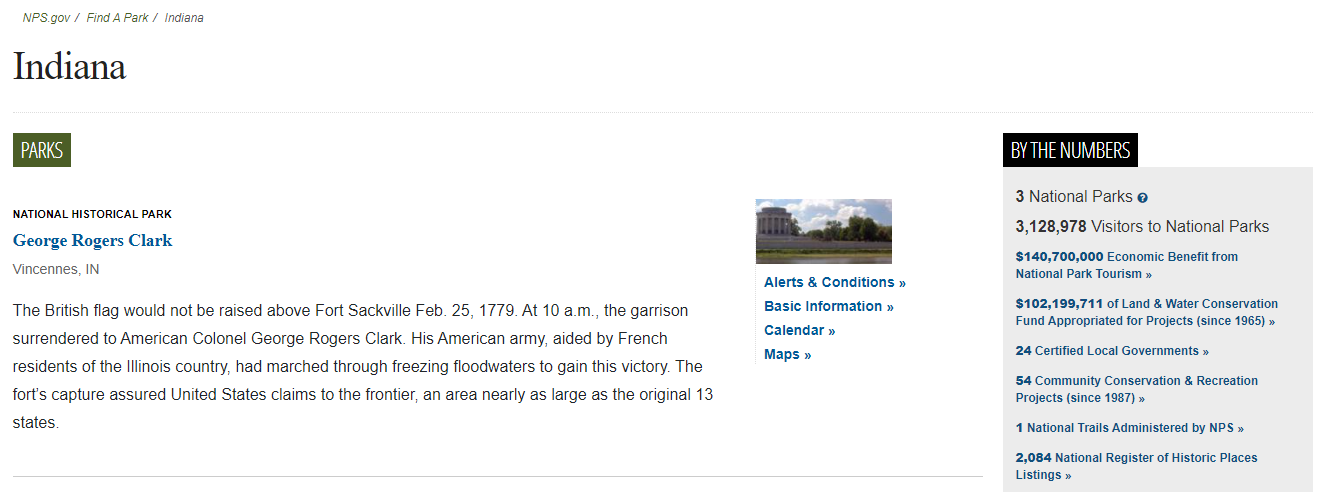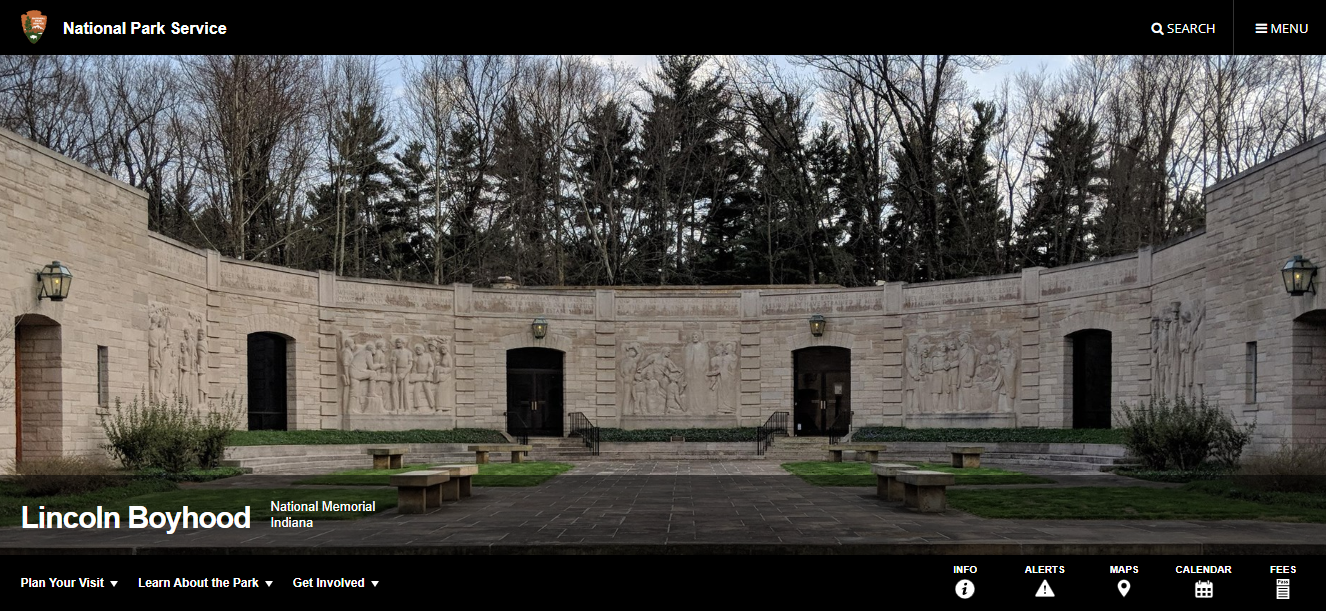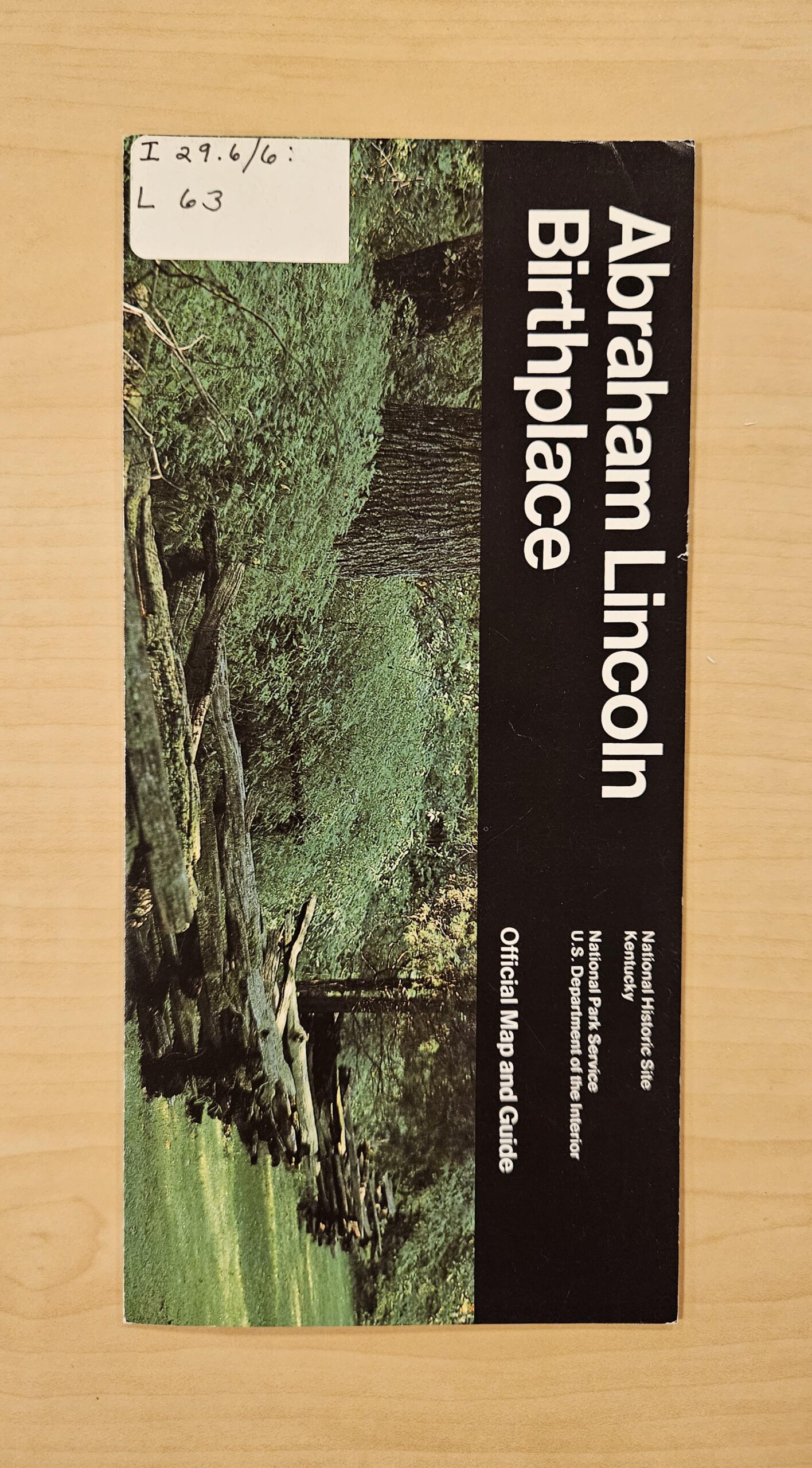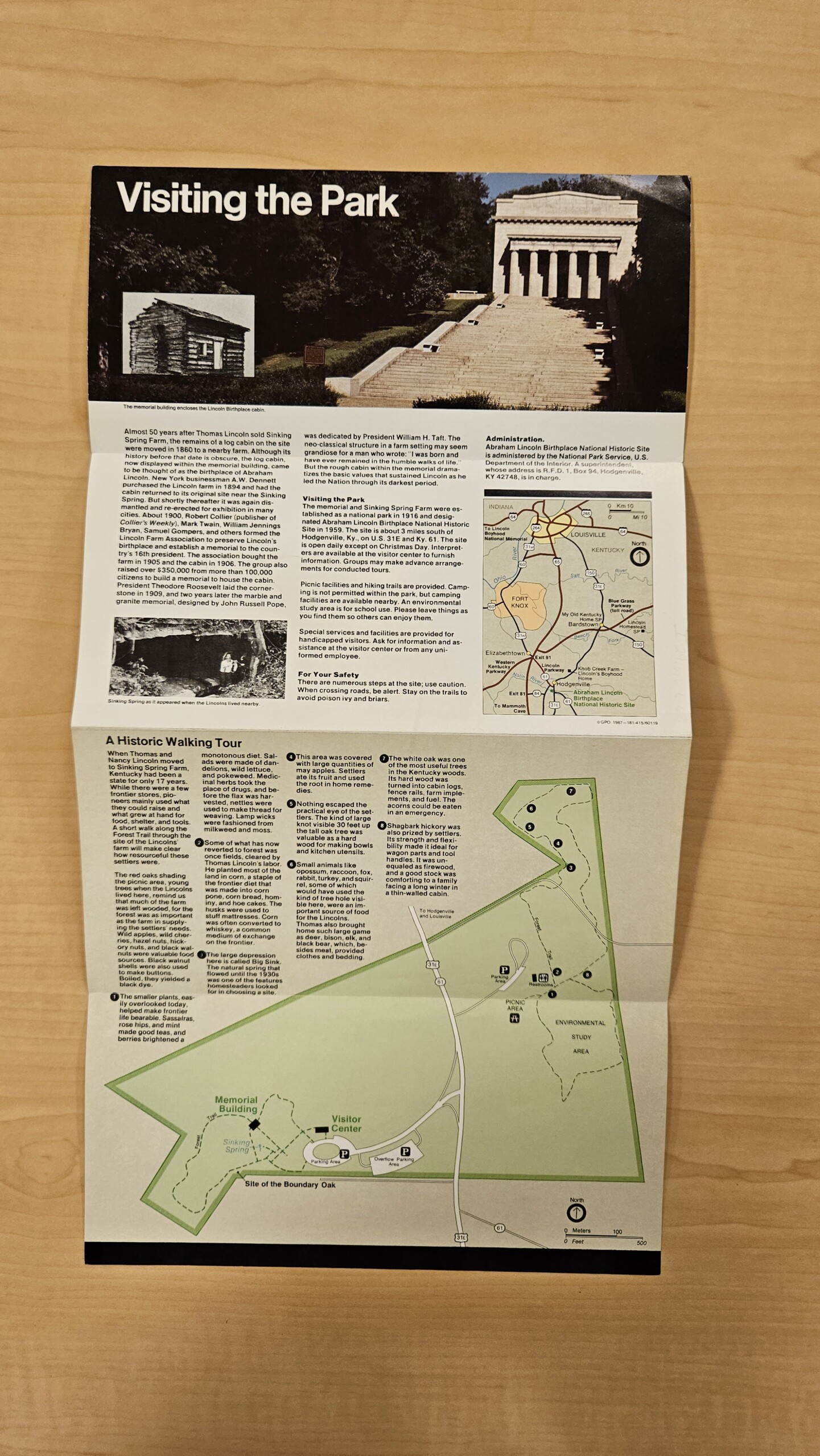Have you ever wondered what treasures lie within the walls of the Indiana State Library? From interactive tours to diving deep into the state’s rich history, there’s something for everyone. Here’s a list of activities that will make your visit both fun and enlightening:
Clifford The Big Red Dog’s house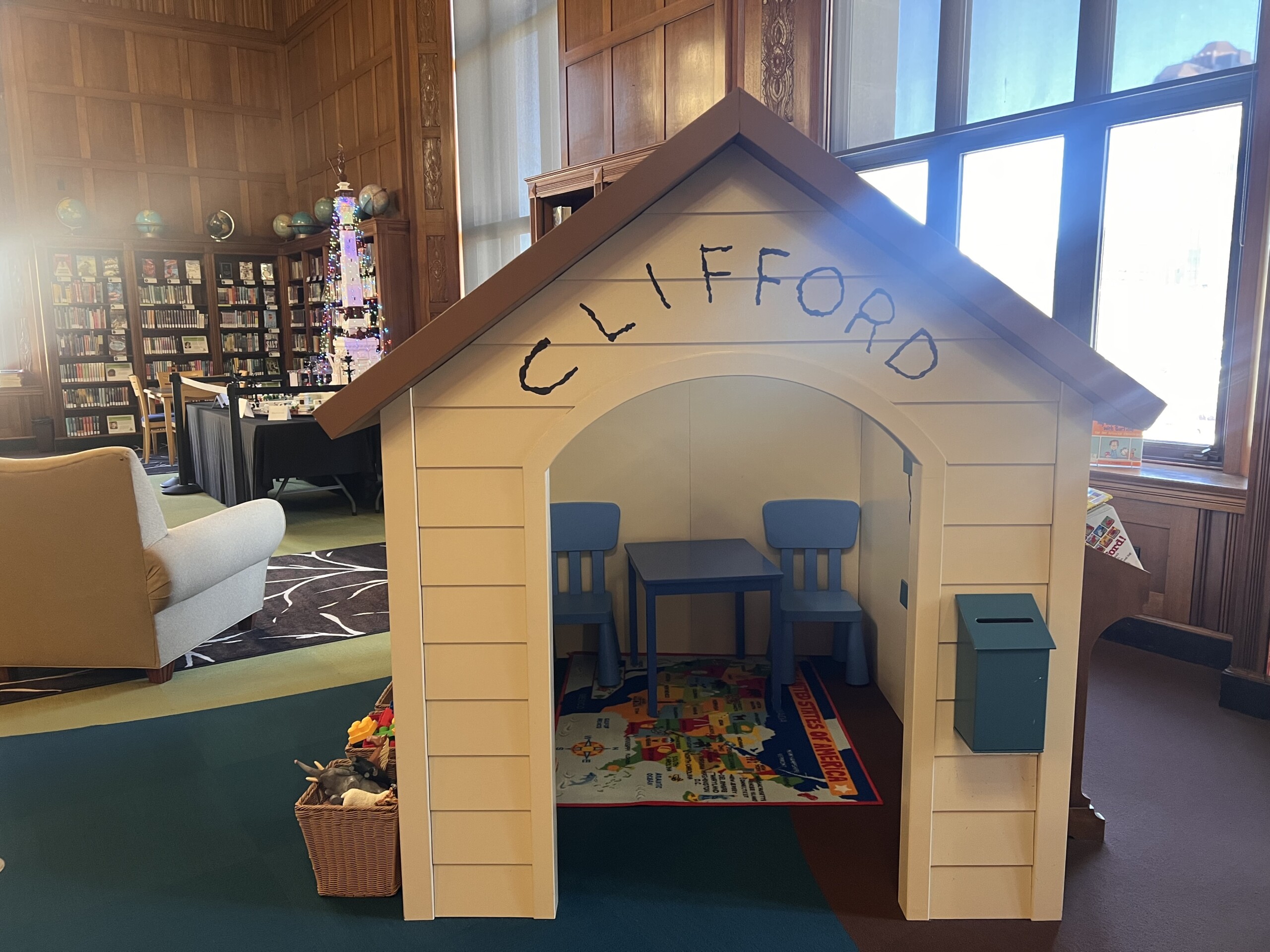
Families with young children will love visiting Clifford The Big Red Dog’s house in our Indiana Young Readers Center. It’s a delightful spot for kids to engage with their favorite storybook character. Did you know that Clifford the Big Red Dog’s adventures started right here in Indiana? Norman Bridwell, the creative genius behind this iconic tale, hailed from Kokomo.
Trace your ancestry
Are you interested in genealogy? Our Genealogy Division offers resources to help you trace your family tree and discover your ancestry. Who knows what you might discover about your past! If you’re new to genealogy or just starting out, don’t worry – we have you covered with our comprehensive genealogy FAQs.

Image credit: Map Collection, Indiana Division, Indiana State Library.
Learn about Indiana history
Dive into the rich history of Indiana with our extensive collection of historical documents, photographs and maps. Whether you’re a history buff or a curious mind, there’s plenty to explore. One of my favorite things to do is browse our online digital collection or search Hoosier State Chronicles, which contains 186,601 newspaper issues comprising 1,589,638 pages and 619,771 articles!
Explore maps, rare books, manuscripts and exhibits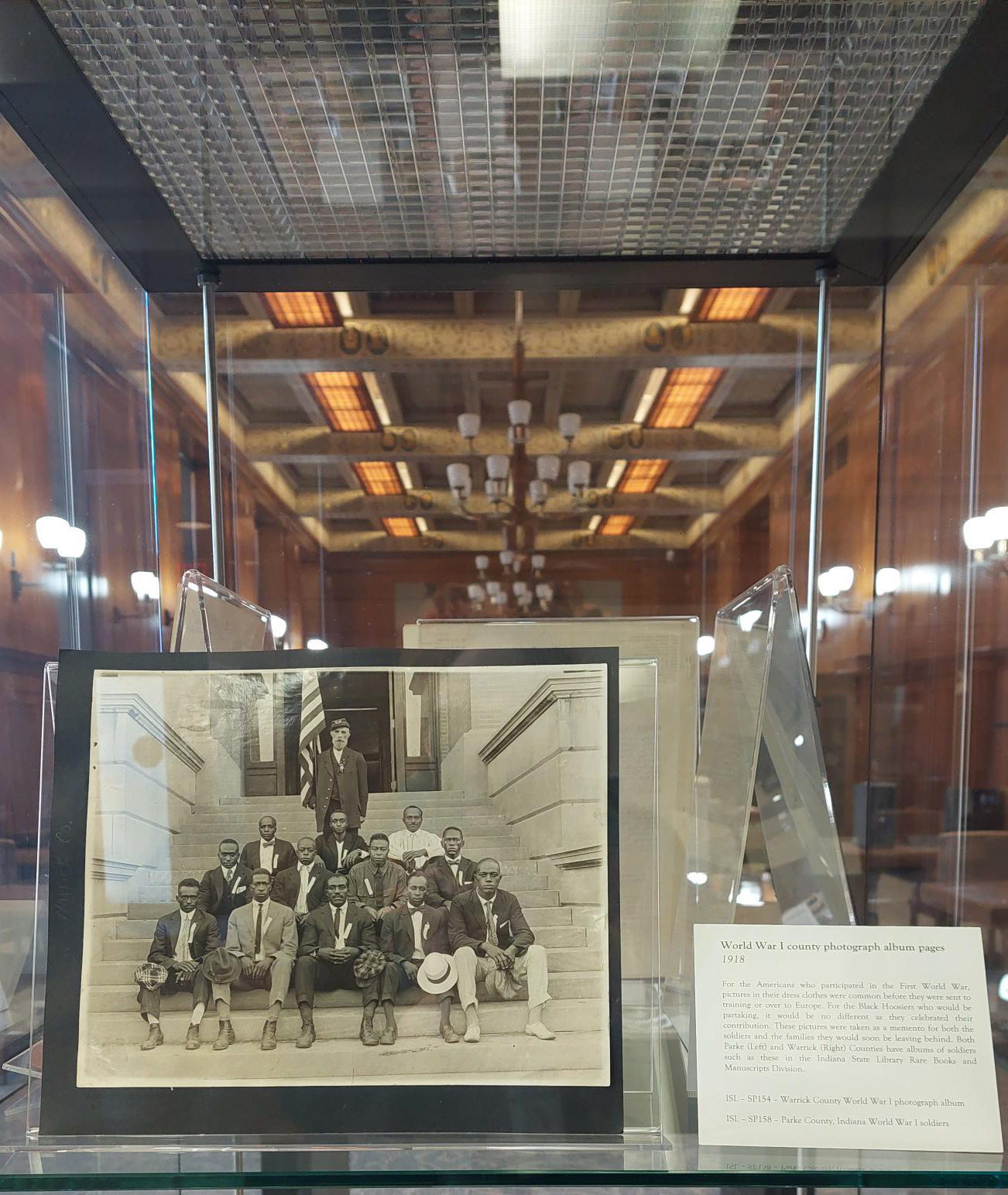
Our library boasts an impressive collection of maps, rare books, manuscripts and rotating exhibits. Each visit can reveal new and intriguing finds. This year, to celebrate our bicentennial, a significant portion of our exhibit space will be dedicated to showcasing items from our collection. Don’t forget to check out our virtual exhibits online from the comfort of your home!
Learn about our State Data Center
Discover a wealth of information available at our State Data Center. It’s the perfect place for researchers and anyone looking to delve into data and statistics about Indiana. One of our State Data Center Director’s favorite resources is the original volumes of each U.S. Census return, located on the second floor of the library. These allow you to look at the original censuses from 1790 through 1870 and cover the entire United States. Indiana is covered starting in the 1810 volume (Indiana Territory).
Don’t forget to check out the DataPoint Newsletter, created for Indiana Data Users and subscribe for the latest Indiana Data news and lore, plus learn about professional development opportunities for data and GIS professionals.
Visit the Indiana Historical Bureau
Stop by the Indiana Historical Bureau, located inside the Indiana State Library, to learn about the Indiana Historical Marker Program and how it commemorates significant historical sites throughout the state. This year, some of the markers they will be dedicating include William P. Jungclaus, Riley Hospital for Children, Bess Sheehan and the Piankashaw Tribe. Don’t forget to check out their podcast Talking Hoosier History and their blog Untold Indiana.
Attend programs and conferences
We host a variety of programs and conferences throughout the year. From author talks to educational workshops, there’s always something interesting happening at the library. Check out our library calendar to see our upcoming events.
Whether you’re a student, researcher or just someone with a thirst for knowledge, the Indiana State Library has something to offer. Your Indiana State Library is free and open to the public, so plan your visit today and discover the many wonders waiting for you!
This blog post was submitted by Michelle Sharp, collections and outreach manager at the Indiana State Library.

